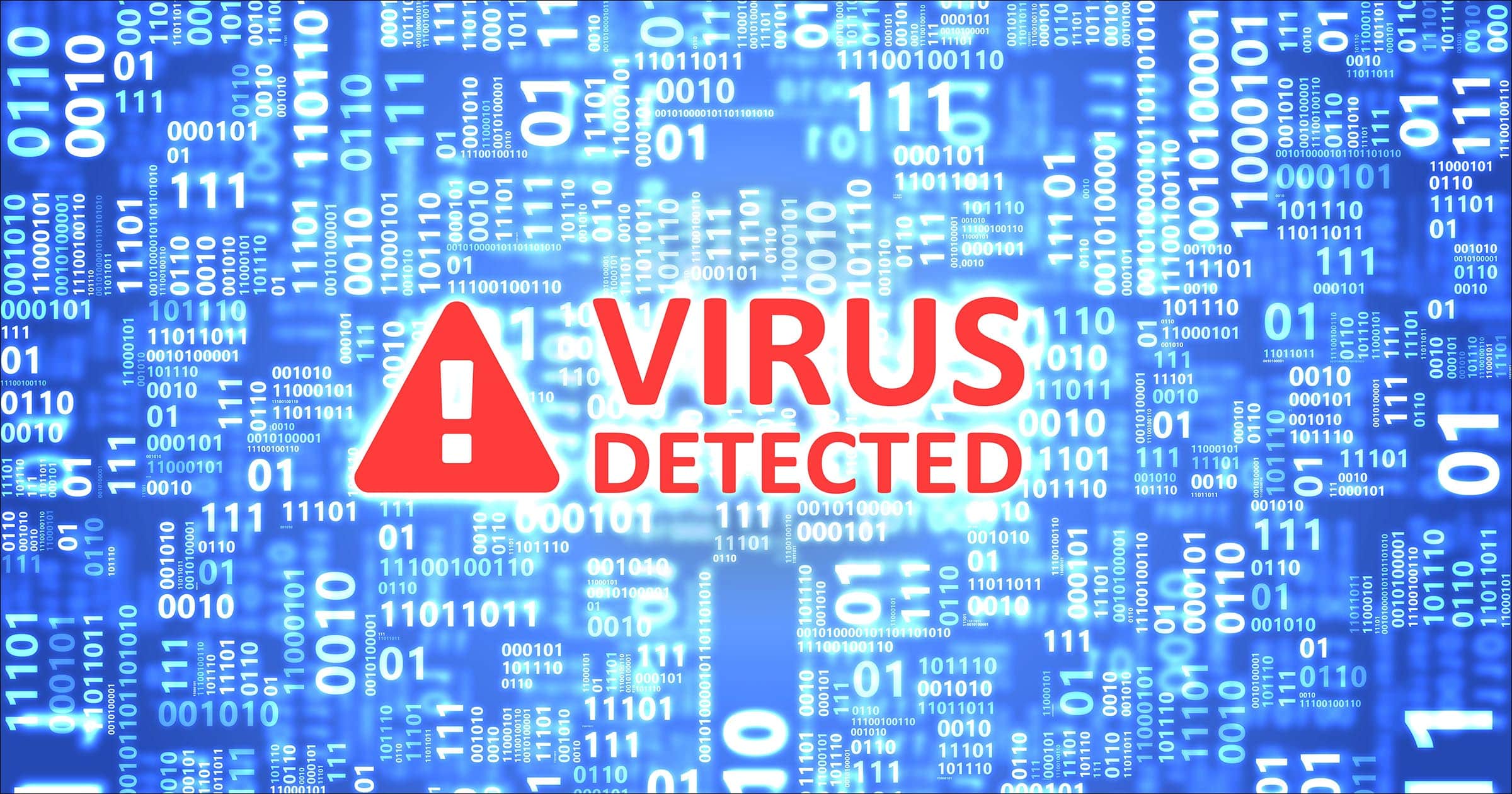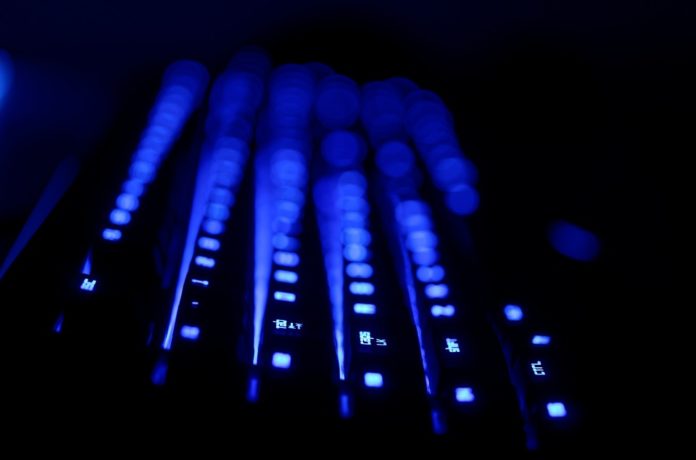2020. 1. 25. 08:42ㆍ카테고리 없음

Formatting Options. To erase the contents of your hard drive, you can perform a quick, or standard, format or a low-level format. The former will permanently remove the vast majority of malware, but won't have any effect on a bootkit. Unlike a quick format, a low-level format fills the drive with all zeroes, overwriting the boot sector. Format drive will remove everything including spywares and virus and also your valuable data. Backup your data first before format. However, there is a sector in Hard Drive that Format would touch. This is the first sector in Hard Drive, the Master Boot Record (MBR).

Before the days when ever computer on the planet was connected to the internet, the most common way to spread a virus was to infect removable storage media like a floppy disk. Those disks may have long since gone, but there’s one type of removable storage that is still prone to malware — flash storage, most commonly the SD card. Mostly used in digital cameras and for additional storage on smartphones, SD cards are also connected to Mac and PC computers to download photos or as a way of sharing other types of file. Sadly, it’s possible to share viruses this way too. And if you find a virus on an SD card that has precious photos on it, the last thing you want to have to do is to reformat it and lose your photos.


So, here’s how to remove a virus from an SD card without formatting it. Symptoms of a virus on an SD cardThere are a number of ways to tell whether your SD card is infected with a virus. Some of the most common are:.
Files may turn into Windows shortcut links. Files may become hidden. Files may be corrupted or have been erased. The SD card may start to become slow and it will take longer to copy files to and from the card, or your camera or phone may seem to slow down. Files are missing.
You get an error message when you try to use the card. You can’t access the card at all. You see a pop-up prompt asking you to reformat the card when you plug it into your computerAll of the above are signs that your card may have a virus. So, before you use it again, you should remove it. How to manually remove virus from an SD cardIf you’re a Mac user, you’ll need to persuade someone who has access to a Windows PC to help you or let you use their computer, since this method relies on using the Windows “cmd” command to launch the command-line interface.1. Put the SD card in the SD slot on the PC or, if it doesn’t have one, use a USB card reader2.
Note the drive letter for the SD card – in this example we’re going to assume it’s “F” so wherever you see “F” below, replace it with the drive letter for your SD card3. Click on Start4. Choose Run, then type “cmd” and press Enter5. You should see a new command interface window open6. Type the following, remembering too replace “F” with the drive letter for your SD card: attrib -h -r -s /s /d f:.7.
Press EnterOnce the command has run, it should have removed the virus from the SD card. However, it doesn’t work in all cases.
Fortunately, there is one more thing you can try before resorting to reformatting the card. Another option for removing a virus from an SD cardIf the manual method described doesn’t work, there are a couple of other options. The first is to manually copy as many of your photos and other files from the SD card as you can. Once you’ve done that, you can reformat the card. Here’s how to do that on a Mac:1.
Go to Applications, then Utilities and double-click Disk Utility to launch it2. Click on the SD card (not the volume underneath) in the sidebar3. Choose the Erase tab4. Type in a name for the card5.
Choose “Mac OS Extended (Journaled)” as the format6. Choose GUID Partition Map as the scheme7. Press EraseTo reformat an SD card on a Windows PC, do the following:1. Click on the Start menu and then choose the folder icon (above the cog onto left side of the screen) to open File Explorer2. Choose This PC3. Click on the name of your SD card4.
Select the Manage tab at the top of the window5. Press Format6. Click on the menu under “File System” and choose exFAT7. Type a name into the “Volume label” box8. Press Start and then OkThe SD card will now be erased and re-formatted.
The virus will be gone, but so will all you data. So if there’s anything you weren’t able to copy to your computer before you reformatted, you’ll need to try and recover it.The best way to recover data from an SD card is to use specialist recovery software. There are lots of tools available, including some that are specifically designed to recover photos from a SD card. Research which is the best one for your needs and find out whether you can try it for free to see if it finds any recoverable data before you pay for the software so you can recover it.If you think the virus on your SD card may have been transferred to your computer, you should scan the computer using antivirus software. There are several antivirus tools available for Mac and PC, some of which will allow you to both scan and remove malware for free.
Will Formatting Remove Viruses In Windows 10
An alternative, if you’re using a Mac is to use the malware utility in. This tool scans your Mac at the click of a button and either returns a clean bill of health or allows you to remove any malware it finds at the click of a button. You can download CleanMyMac X.Finding a virus on an SD card doesn’t necessarily mean that you have to reformat it — though you should copy your most precious photos from it as a precaution. It is possible to remove the virus without reformatting. However, if you do have to wipe the SD card completely to get rid of the virus, running a data recovery tool specially designed for flash storage media might allow you to recover your data.These might also interest you:.
